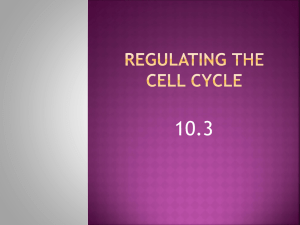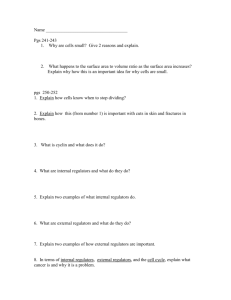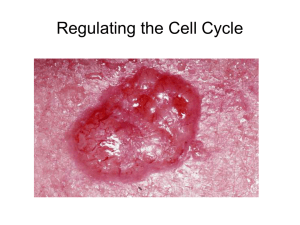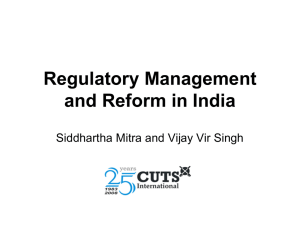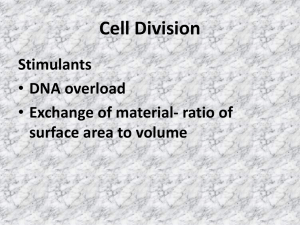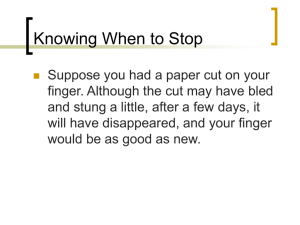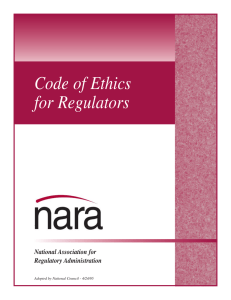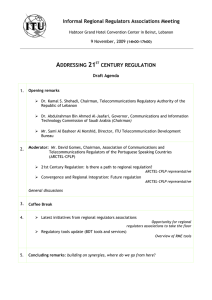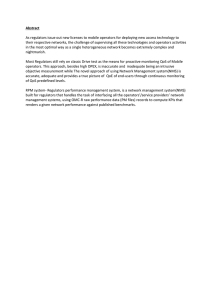Chapter 10.3
advertisement
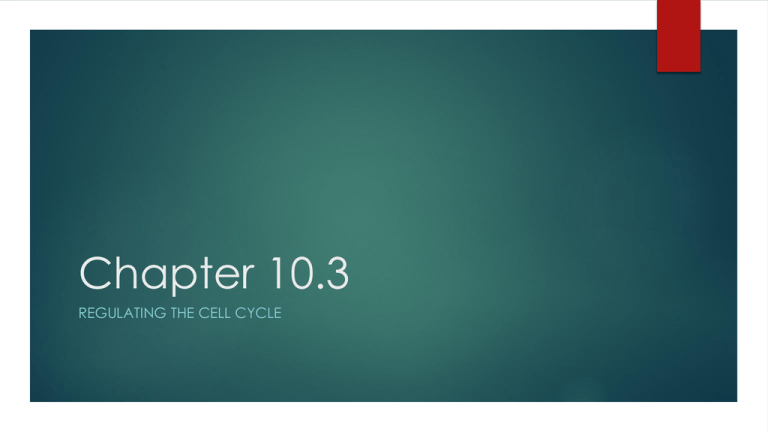
Chapter 10.3 REGULATING THE CELL CYCLE Not all cells move through the cell cycle at the same rate. In humans nerve and muscle cells do not divide once they develop. Skin cells and cells in the digestive tract grow and divide rapidly. Controls on Cell Division Controls of cell growth and division can be turned on and off. For example if cells get too crowded they stop growing. If there is a cut in the skin of a break in the bone cells at the injury site will start growing rapidly until the injury is healed. Cell Cycle Regulators Cyclin (a protein in the cell) regulates the cell cycle. There are 2 types of proteins that regulate cell cycle: those inside the cell and those outside the cell. Internal Regulators Internal regulators are found inside the cell. These allow the cell cycle to continue only if certain processes have taken place. Example: all chromosomes have to be regulated for the cell cycle to continue. External Regulators External regulators are outside the cell. They tell the cell to speed up or slow down the cell cycle. Growth factors would be an example of an external regulator. They stimulate growth and division. There are also molecules on the surface of a cell that tell it to stop growing or dividing if they come in contact with one another. Uncontrolled Cell Growth Cancer is when cell’s lose the ability to control growth. Cancer cells do not respond to signals that regulate growth of most cells. These cells will continue to divide and form masses or tumors. Most cancer cells have a damaged p53 gene – this gene is responsible for stopping the cell cycle if chromosomes have not be correctly duplicated.
